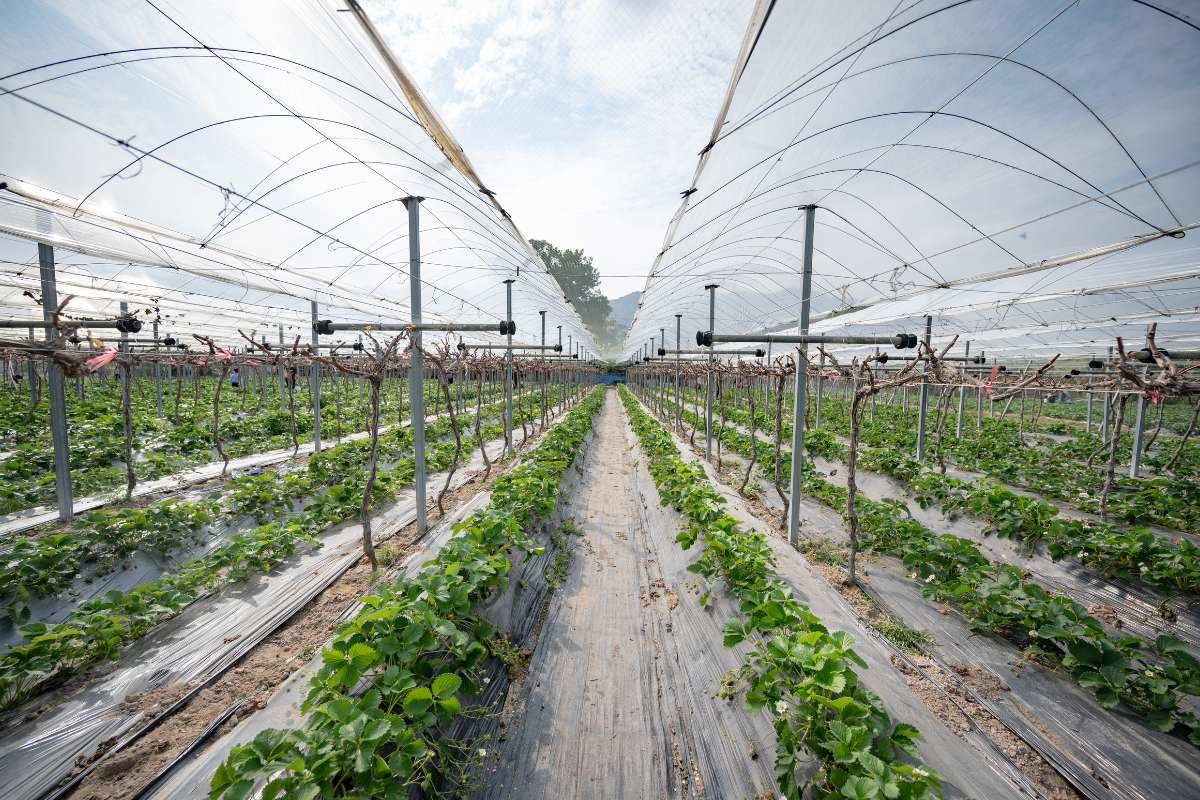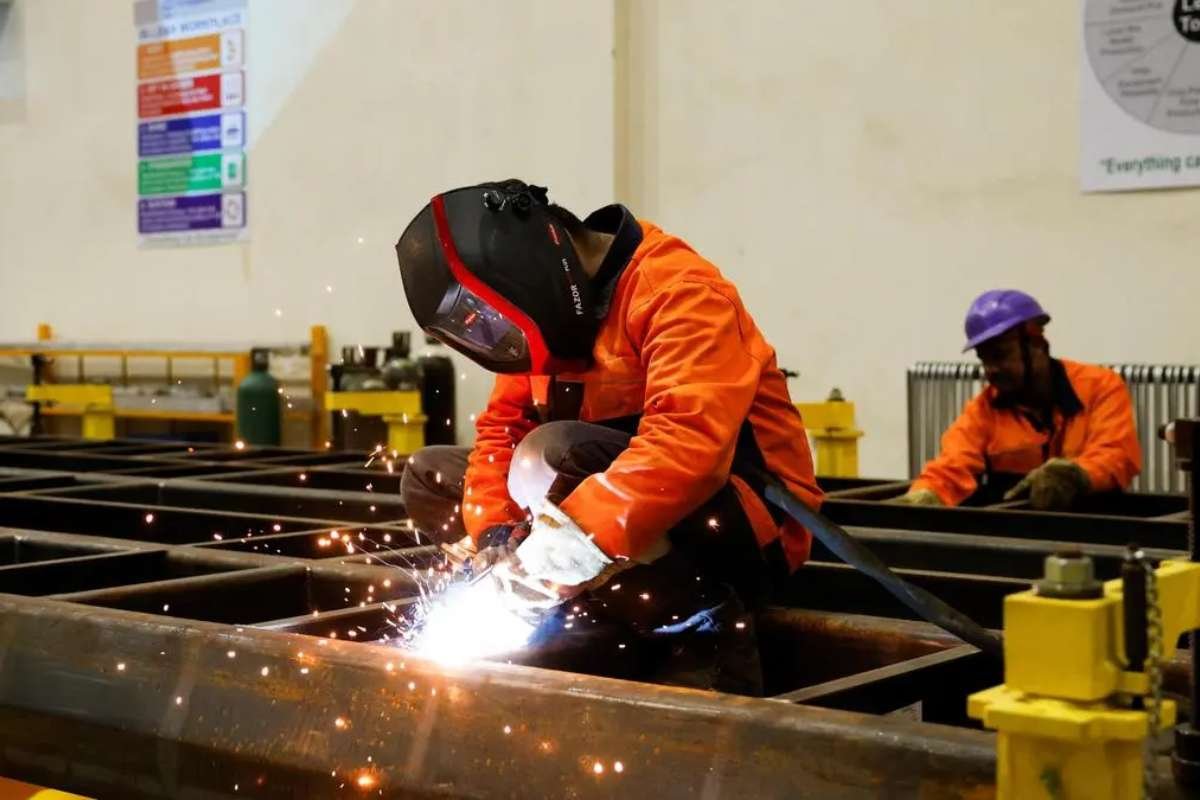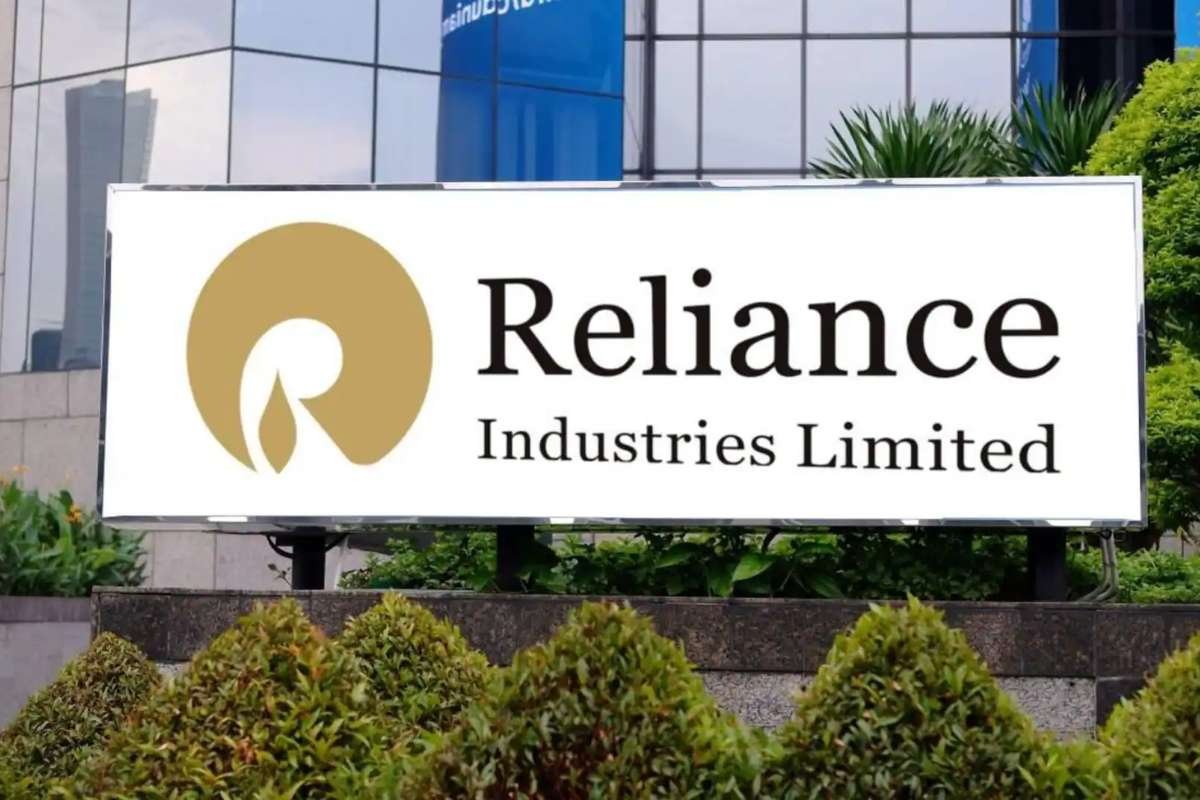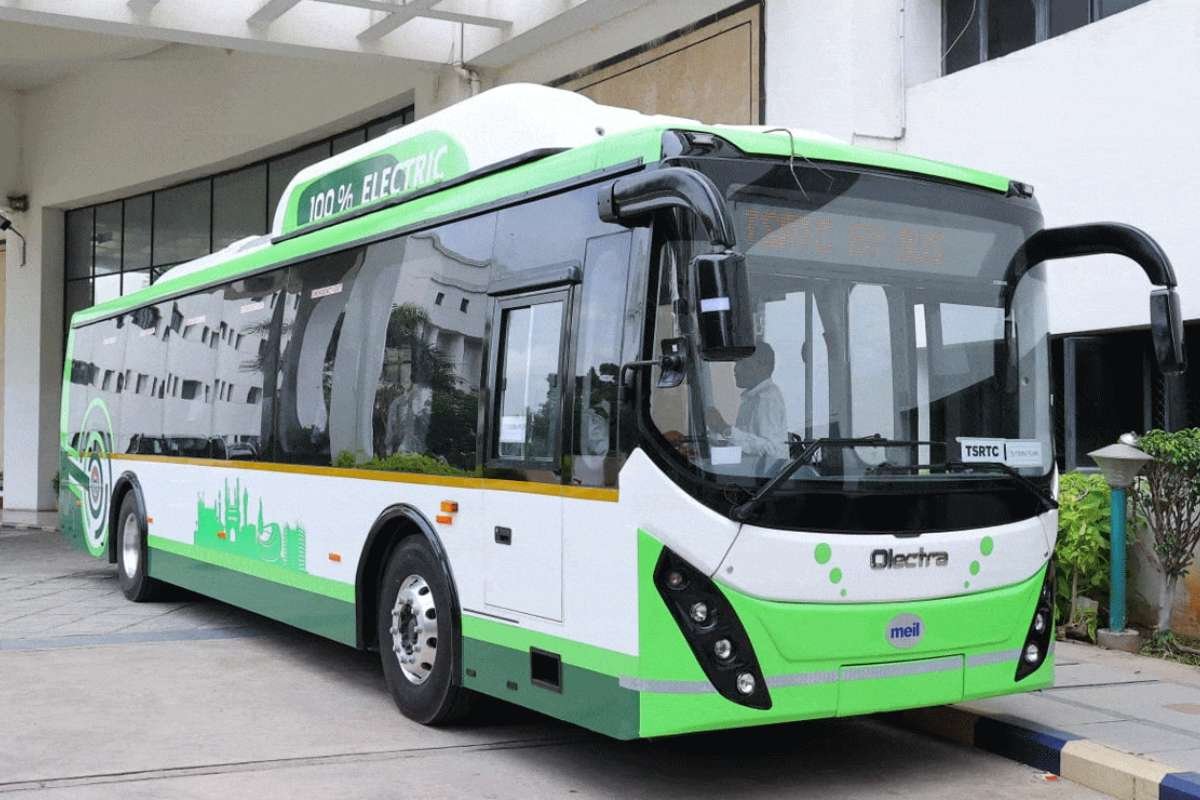Agriculture is undergoing a profound transformation, and at the heart of this revolution lies precision farming. Often referred to as site-specific crop management, this innovative approach integrates modern technology such as GPS, GIS, remote sensing, artificial intelligence, and the Internet of Things (IoT) to optimize every stage of the agricultural process.
Once reliant on guesswork and broad estimates, today’s farmers now have access to data-driven tools that allow them to manage their fields down to the square meter—or even centimeter. The rise of precision farming in agriculture is not just a trend; it is a powerful response to the global call for sustainable food production and environmental stewardship.
What Is Precision Farming?
Precision farming is the application of cutting-edge technologies to analyze and respond to variability within a field. This means that rather than applying a uniform amount of seed, fertilizer, or water across an entire field, farmers can tailor these inputs based on the specific conditions of different zones.
By utilizing technologies such as GPS-guided tractors, satellite imagery, and data analytics, farmers can enhance productivity while reducing waste. It allows them to precisely control the timing, location, and quantity of agricultural inputs, maximizing yield and minimizing environmental impact.
Components of Precision Farming
The success of precision farming hinges on several interlinked technologies:
1. GIS & GPS
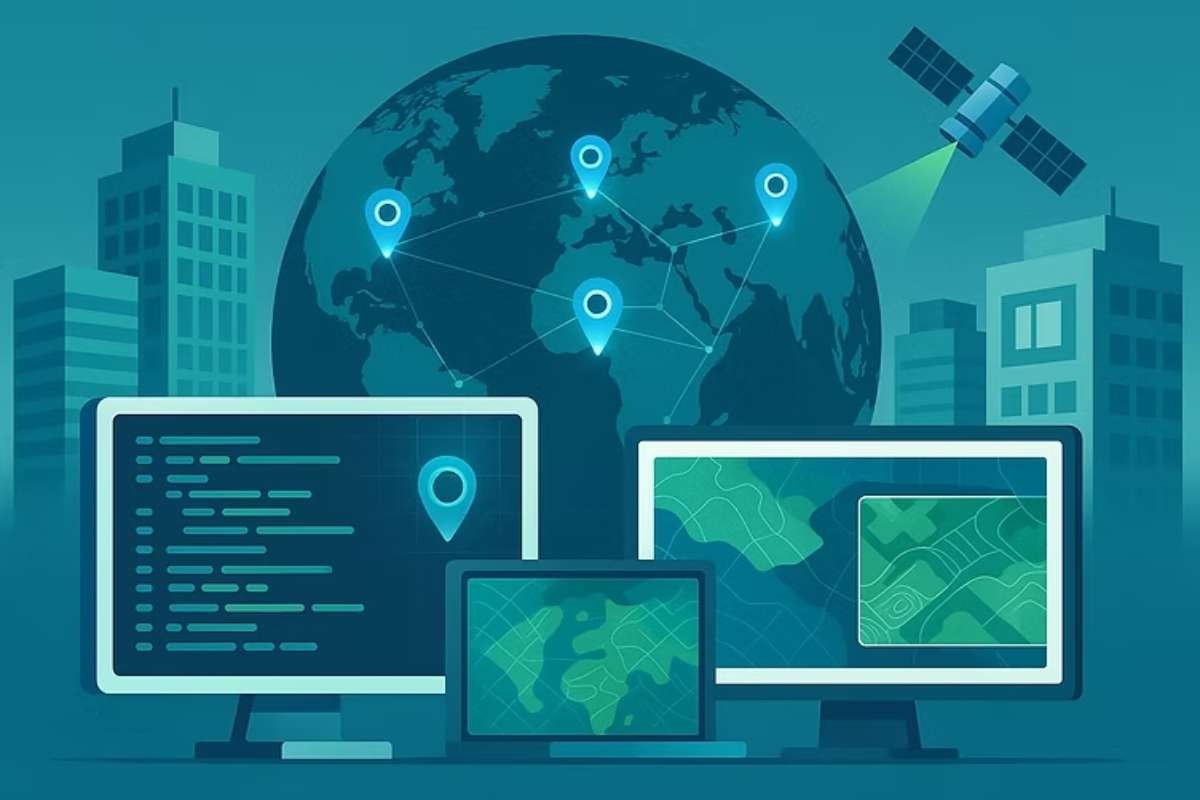
These systems provide accurate positioning for equipment and data collection. This enables farmers to create detailed maps of field variability, yield, and soil conditions.
2. Variable Rate Technology (VRT)
VRT enables the application of inputs like seeds and fertilizers at varying rates across different parts of a field. The system reads a digital prescription map and adjusts the equipment’s output accordingly.
3. Remote Sensing
Using drones and satellites, remote sensing provides visual data on crop health, identifying issues like disease or pest pressure before they spread.
4. Artificial Intelligence (AI)
AI powers tools like automated weeding machines and robotic harvesters, offering solutions that can adapt in real-time to field conditions.
5. Auto-Steer and Machine Automation
Auto-steering ensures equipment follows precise paths, minimizing overlap and reducing fuel consumption.
6. Data Collection and Analytics
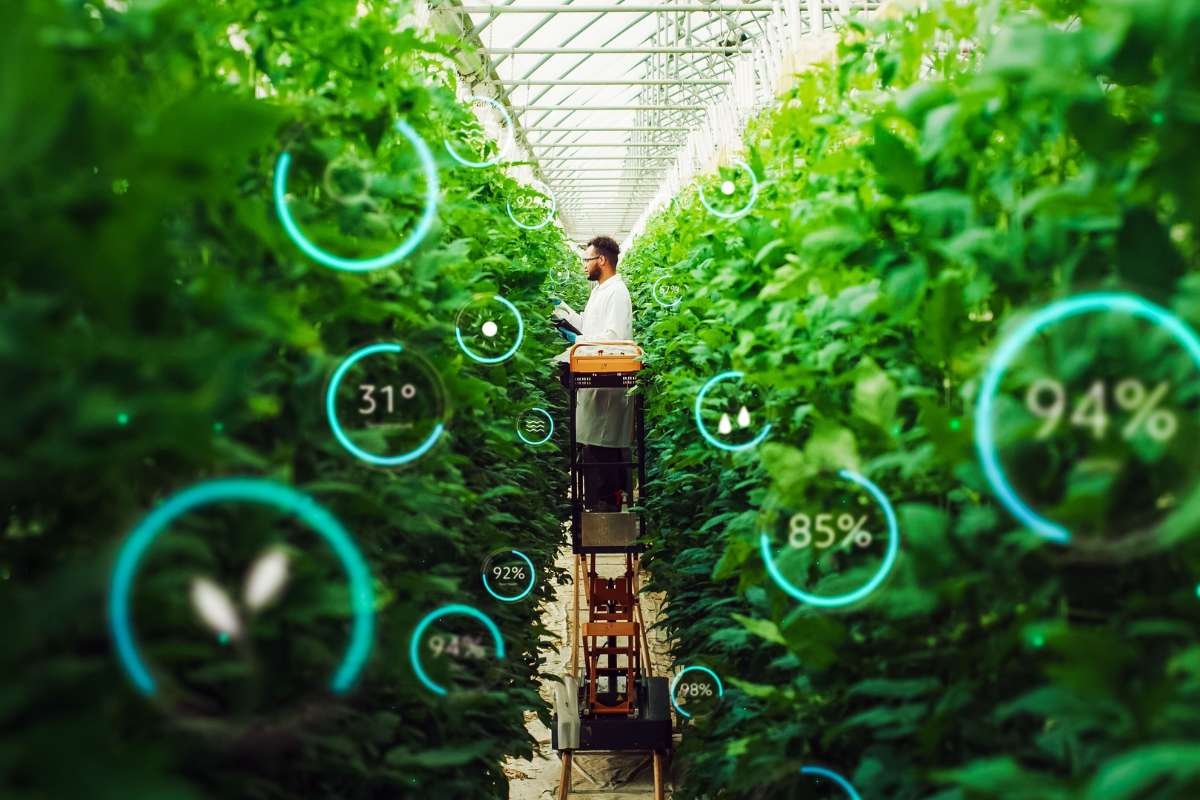
From soil moisture to yield outputs, data is collected and analyzed to guide smarter decisions.
Don’t Miss: Revolutionizing Farming: 10 Powerful Ways IoT in Agriculture is Transforming the Industry
Precision Farming in Agriculture: A Game-Changer
The concept of precision farming in agriculture goes beyond just technological adoption; it’s about transforming how farming is practiced at its core.
Farmers who integrate these systems can achieve:
- Increased crop productivity: According to a 2021 AEM study, precision farming has already boosted production by 4%.
- Reduced environmental impact: Fertilizer usage has dropped by 7%, herbicide applications by 9%, and water usage by 4%.
- Enhanced efficiency: With GPS-guided machines and VRT, farmers can cover more ground with less input and time.
By minimizing over-application of fertilizers and pesticides, precision farming in agriculture leads to healthier ecosystems and long-term soil viability. Moreover, it enables traceability—crucial for food safety and consumer confidence.
How Precision Farming Promotes Sustainability?
One of the most celebrated aspects of precision farming is its contribution to sustainability.
Here’s how it supports eco-friendly agriculture:
- Reduced runoff: Targeted input application decreases nutrient leaching into water bodies.
- Optimized water use: Smart irrigation systems apply water only where and when needed.
- Lower greenhouse emissions: Efficient machinery routes and minimized fuel usage reduce carbon output.
- Improved crop quality: With enhanced monitoring, farmers can proactively respond to crop health issues, reducing waste and improving yield quality.
Precision farming in agriculture aligns with global sustainability goals, providing farmers with the tools to feed a growing population without exhausting natural resources.
Advantages of Precision Farming
Here are the key benefits of adopting precision farming techniques:
| Benefit | Description |
| Resource Efficiency | Minimize waste of inputs like seeds, water, and fertilizers. |
| Increased Yields | Boost crop production with targeted strategies. |
| Cost Reduction | Lower input costs and fuel consumption. |
| Environmental Protection | Reduce chemical use and greenhouse gas emissions. |
| Data-Driven Decisions | Real-time data leads to informed, proactive farm management. |
For instance, real-time yield maps created during harvest help farmers analyze crop performance by location, enabling them to improve future planting strategies.
Challenges and Solutions
Despite its many advantages, precision farming does come with certain challenges:
1. High Initial Investment
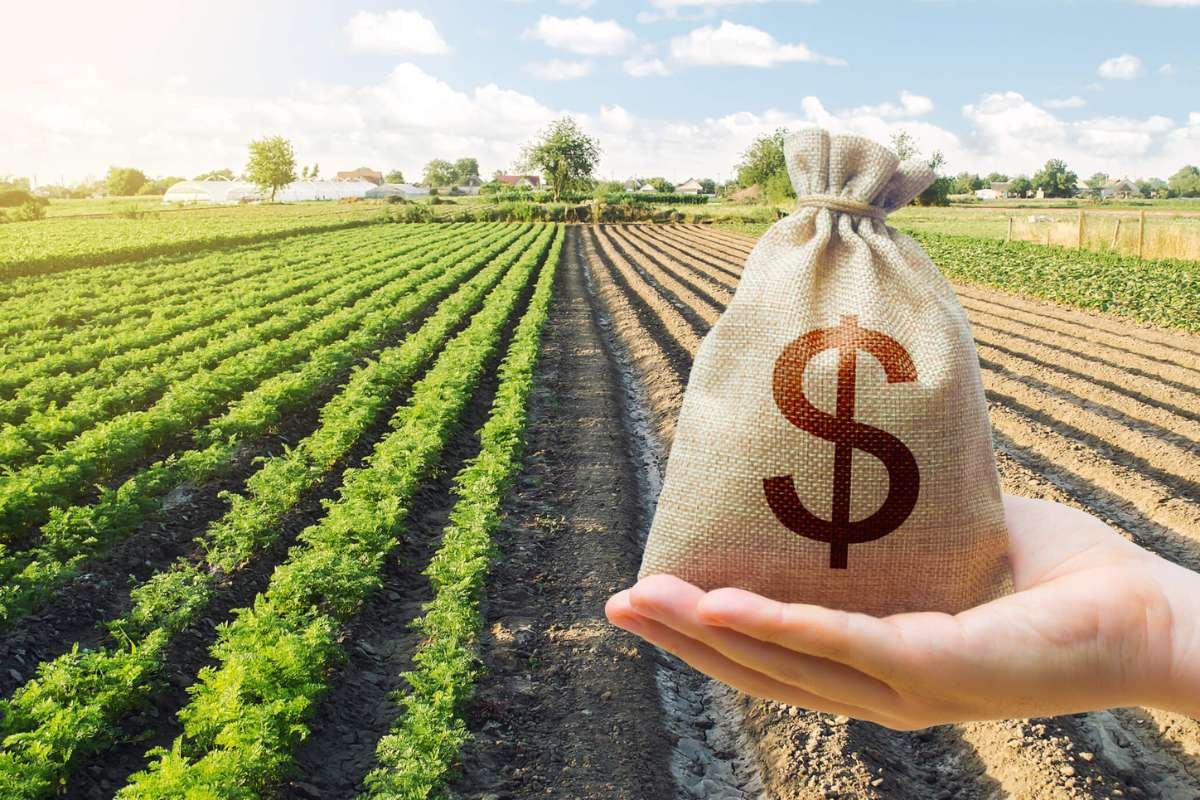
Many technologies—like VRT systems or AI-equipped harvesters—require significant upfront costs. For smallholders, this can be a barrier. However, many agri-tech companies now offer subscription models or partnerships to ease financial entry.
2. Data Overload
Farmers often gather more data than they know how to interpret. This is where intuitive platforms like AGRIVI come into play, turning complex data into actionable insights.
3. Technical Skills Gap
Learning to operate high-tech systems takes time and training. Agricultural extension services and e-learning platforms are working to bridge this gap through workshops and digital modules.
Real-World Example: Transforming Traditional Farming
Consider a mid-sized wheat farmer in Kansas who implemented precision farming in agriculture. By using VRT and satellite imagery, he identified nitrogen-deficient zones in his field. Instead of applying fertilizer evenly, he focused it only where necessary. The result? A 12% increase in yield and a 20% reduction in fertilizer use within a single season.
This type of transformation is being mirrored globally—from vineyards in France to rice paddies in India—as precision farming becomes more accessible.
Future of Precision Farming
The future holds even greater promise. Machine learning will allow equipment to learn and improve decision-making with each season. Blockchain could enhance traceability and transparency across the supply chain. And as 5G networks expand, real-time data exchange will become even more seamless.
Government support, public-private partnerships, and farmer cooperatives will be crucial in scaling precision farming in agriculture, ensuring that the benefits are shared across small and large farms alike.
Conclusion: The Smart Way Forward
As the agriculture sector grapples with climate change, labor shortages, and food security concerns, precision farming emerges as a beacon of hope. It’s more than just a collection of tools—it’s a philosophy of farming smarter, not harder.
By integrating data, automation, and actionable insights, farmers are reimagining what’s possible in food production. With proven gains in yield, efficiency, and sustainability, the case for precision farming in agriculture has never been stronger.



